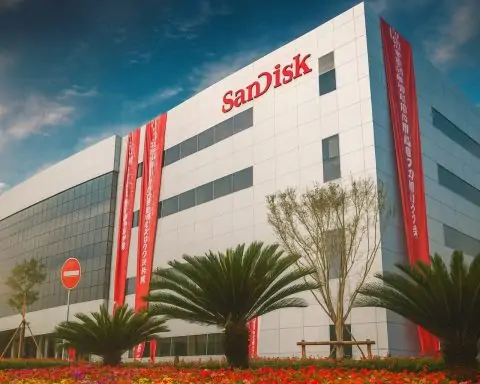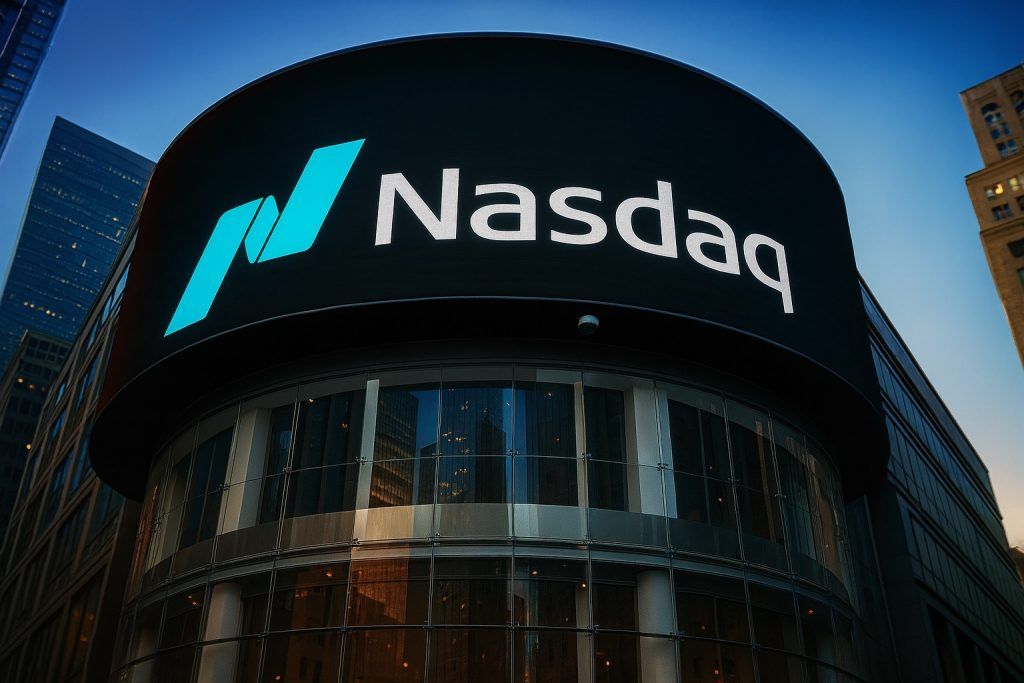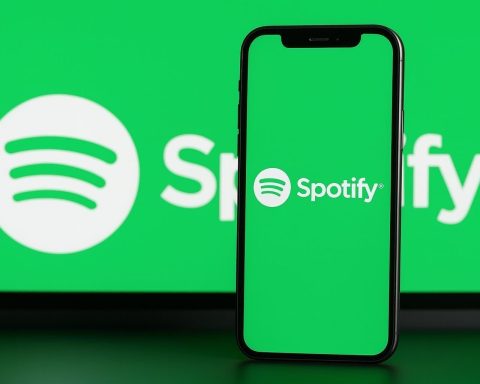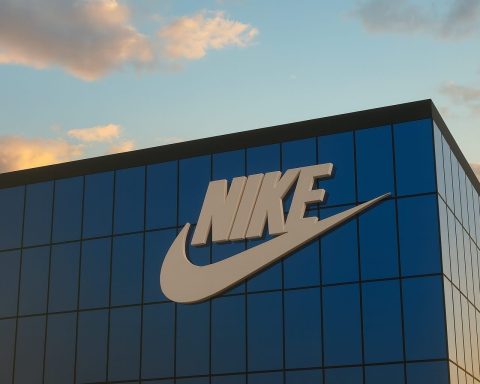- 3 in 4 workers say they like their boss, not loathe them [1]. In a GroupTogether survey, 75.9% of employees reported liking their manager, overturning the old “dreaded boss” trope [2].
- Top compliments for managers: Employees cite “great team culture” (27.7%) and being a “nice person” (22.9%) as chief reasons they appreciate their boss [3]. Other positives include giving recognition (13.4%), expertise (13.2%), encouraging development (12.6%) and clear communication (10.2%) [4].
- Managers drive engagement: Gallup’s research confirms the stakes – roughly 70% of a team’s engagement depends on manager quality [5]. Teams with well-rated bosses show higher morale, better performance and lower turnover [6] [7].
- But beware low engagement: Other studies warn engagement is slipping. U.S. employee engagement is at a 10-year low, with younger workers especially at risk [8]. Nearly half of managers feel undertrained and burned out [9] [10], which can erode that crucial manager–team bond.
- Tech and market trends: HR technology is booming. Analysts forecast the global human-capital-management (HCM) software market to grow ~10% annually (to nearly $58 billion by 2029) [11]. AI-powered HR tools are surging (projected ~45% annual growth) [12]. For example, Workday’s new AI “Recruiting Agent” cuts resume screening time by 57% while filling 70% of roles internally [13].
- Stocks reflecting the trend: Leading HR stocks are solid. Workday (NASDAQ: WDAY) trades around $235 (as of Oct 14, 2025) with analysts targeting ~$288 (≈23% upside) [14]. Payroll leader ADP (NASDAQ: ADP) sits near $285 with a ~$317 consensus target [15]. Even Paychex (NASDAQ: PAYX), at about $127, has a ~$141 average target [16]. This optimism tracks continued corporate spending on HR systems.
New Survey Shatters “Bad Boss” Myth
A newly released GroupTogether study finds that most employees hold surprisingly warm feelings for their managers [17]. “I was surprised that three-quarters of people like their boss; it proves the clichéd stereotype of people hating their boss is outdated,” says Ali Linz, Co-Founder of GroupTogether [18]. The survey (1,260 U.S. respondents, Sep 2025) shows 75.9% “like” their boss and only a small minority report disliking them [19]. This flips the script on the old punchline of “hate your boss” jokes.
Instead of fear or hatred, workers highlighted positive attributes of their managers. The most common reasons employees gave for liking their boss were “they create a great team culture” (27.7%) and “they’re a nice person” (22.9%) [20]. Other compliments included that bosses give recognition and appreciation (13.4%), have strong skills or expertise (13.2%), encourage employee development (12.6%), and communicate clearly (10.2%) [21]. In practical terms, these answers suggest that leadership style and emotional support – not just perks or authority – make a big difference. (For example, sending a heartfelt group e-card on Boss’s Day can reinforce this culture of appreciation.)
“It proves the clichéd stereotype of people hating their boss is outdated,” notes Ali Linz [22]. Indeed, multiple press accounts now echo this finding. A press release in Australia reports the same 75.9% figure among Aussie workers [23], and industry news sites are headlining this counter-intuitive result. The message is clear: today’s managers are more often seen as mentors or teammates, not adversaries.
Managers as the Engagement Leverage
Why does boss quality matter? Decades of research confirm what employees say – good leaders are massive levers of workplace morale. Gallup’s 2025 “State of the Workplace” report found a whopping 70% of a team’s engagement is determined by the manager [24]. In practice, teams with highly-rated bosses have higher productivity, lower burnout and turnover, and better overall performance [25]. Conversely, when a manager is disengaged, the whole team tends to follow. Athens CEO magazine highlights Kahoot!’s survey of leaders (Oct 2025): global manager engagement has fallen to just 27%, yet those leaders still influence about 70% of team engagement [26]. Kahoot! CEO Eilert Hanoa warns, “If leaders are ready to trade away their title for the chance to feel engaged, it signals something profound” – underscoring that training, recognition and connection are what leaders crave most [27].
Managers don’t just set goals – they’re often the most influential person in an employee’s day. An Inc. magazine analysis notes that nearly 31% of workers worldwide say their direct boss or organizational leader has the biggest positive influence on their life (second only to family at 34%) [28]. As organizational psychologist Bobbi Wegner (Harvard) observes, work relationships are fundamentally social relationships: “the relationships we form at work have an outsize influence on how we feel and function” because we spend more waking hours with coworkers and bosses than almost anyone else [29]. In short, employees often view a good boss as a key mentor or ally, shaping their daily satisfaction.
Challenges: Disengagement and Trust
The flip side is worrisome: recent reports show engagement is slipping and trust in management can be weak. U.S. employee engagement just hit its lowest point in a decade [30], with Gallup data revealing overall engagement fell to only ~18–21% in 2024 [31]. A commentary in Athens CEO calls this a “leadership energy crisis,” finding only 47% of managers feel fully engaged while 46% would give up their title just to feel engaged [32]. Burnout is rampant among leaders, driven by nonstop change, global uncertainty, and even the challenge of motivating younger (Gen Z) workers [33] [34].
Distrust also clouds employee feedback: a February 2025 HR Dive report found 47% of workers feel pressured to not fully disclose their honest opinions in engagement surveys [35]. Many don’t even believe their surveys are truly anonymous, and 44% think their manager would overestimate their positivity (or “inflate” how happy they report) [36]. In other words, some employees may like their boss but still hold back full feedback due to fears of repercussions or cynicism. As Visier analytics director Sarah Gonzales puts it, companies “can’t overlook opportunities to translate employee feedback into direct action” – yet without honest input they’re “flying blind” [37].
These dynamics matter: when managers feel under-supported, the benefits of likability can erode. For example, the same Gallup data group notes engagement among frontline managers (especially women and millennials) has plunged, creating a global shortfall in energized leadership [38] [39]. As one Athens CEO summary concludes, “When leaders run on empty, entire teams follow” [40].
Tech and Market Trends in HR
The boss–employee relationship is also being shaped by technology and market forces. Companies are investing heavily in HR software and AI tools to help managers handle routine tasks and engage teams. According to tech analysis by TS2.tech, the global Human Capital Management (HCM) software market – covering HR, payroll, talent and workforce apps – is on track to grow from about $35 billion (2024) to ~$58 billion by 2029 (≈10% annual growth) [41]. North America is the biggest region, but Asia-Pacific is growing fastest. Importantly, nearly every major vendor (Workday, Oracle, SAP, ADP, UKG, etc.) is racing to embed AI in their products. TS2 reports a “wave of AI” launched in mid-2025: Workday unveiled tools like Workday Agent System of Record, UKG introduced AI payroll assistants, SAP’s SuccessFactors embedded AI “Joule” across HR, and Oracle added AI career-planning and review assistants [42]. Analysts forecast roughly 45% annual growth for AI-powered HR “agents” over the next five years [43].
In one example from TS2’s reporting, Workday’s new “Recruiting Agent” – a bot that screens and engages candidates – is cutting recruiters’ screening time by 57% on average while sourcing ~70% of new hires from internal talent pools [44]. These innovations let managers offload drudge work (CV scanning, scheduling, data entry) so they can focus on people. Indeed, experts note that white-collar roles like HR are already being transformed by AI. A recent TS2 feature observes that IBM automated so many HR back-office tasks that its HR department shrank from 800 people to 60 [45]. Other firms are similarly experimenting with chatbots and analytics to handle onboarding, interviews and feedback.
Technology trends also intersect with the shifting office–remote landscape. After years of work-from-home, many companies are revamping offices to rebuild human connection. For instance, a CPA Practice Advisor column (Oct 14, 2025) notes corporate leaders creating high-end office campuses because they see remote work as weakening “employee connections to their bosses and colleagues” [46]. In that view, the in-person boss–team bond has become so vital that firms like JPMorgan, Charles Schwab and others are investing in perks (golf simulators, kombucha bars, etc.) to lure employees back. This trend underscores why strong manager-employee relationships are still a priority even as technology and flexible work grow.
Stock Watch and Forecasts
These workplace dynamics show up on Wall Street. Major HR-related stocks have held steady or grown modestly in 2025, reflecting demand for HR services. Workday (NASDAQ: WDAY), a leading enterprise HR software provider, is around $234–$235 [47] (as of Oct 14). Analysts rate it a “Moderate Buy” – 26 out of 35 surveyed say buy – with a consensus 12-month target of $287.83 (about 23% higher) [48]. ADP (NASDAQ: ADP), the payroll and HR services giant, trades near $285 [49]; analysts have a ~$316.70 consensus target (≈11% upside) [50]. Paychex (NASDAQ: PAYX), a leader in SMB payroll/HCM, is about $127 [51] with a ~$141 target (≈11% upside) [52]. In each case, the “fair value” price is slightly above current levels, implying steady growth expectations as companies spend on HR systems.
Other related firms (like SAP and Oracle) also see steady demand. For example, Oracle (NYSE: ORCL) closed Oct 13 near $308 (up ~5% that day on AI news) and offers a ~0.7% dividend [53]. (Oracle’s consensus price target is close to its current price, suggesting limited upside [54].) Overall, analysts emphasize that the shift to digital HR and AI should benefit these stocks, though they caution that human oversight remains critical. One Wall Street report notes a new trend – AI tools are assisting many HR tasks, boosting recruiter efficiency by over 50% in some cases, but “humans still rule the process” [55] (from TS2/Workday analysis).
Looking Ahead: What Companies Can Do
The clear lesson for organizations is to double down on great leadership. Boss’s Day (Oct 16) may be a lighthearted time to celebrate managers, but the underlying data makes it a serious reminder: good bosses pay real dividends. GroupTogether suggests teams can simply send a signed e-card or small gift to thank managers [56], but more systematically companies should invest in manager development. The Kahoot! survey reports that 57% of leaders lack extensive training on engagement, and only 30% rate their own team as “A” on engagement [57]. In other words, many managers want guidance – and in fact would trade title or perks for it. Eilert Hanoa’s advice to business leaders is telling: “Leaders are telling us loud and clear that recognition, training and connection matter more than status” [58].
Experts also encourage transparency and culture-building. Gallup advises open communication and realistic hope about the future, so employees trust that their boss is honest [59]. Training in coaching and empathy can pay off: studies show managers trained to coach rather than command saw up to 18–28% lifts in team engagement and performance [60]. Practically, companies might measure boss quality explicitly (through 360° feedback) and reward great managers as much as top performers.
Meanwhile, technology will continue reshaping how bosses manage. AI tools will likely automate even more routine HR tasks in the next few years, so managers can spend time on mentorship. As TS2 points out, the future may treat AI bots as a new “type of workforce” that managers govern [61]. For investors, the forecast is clear: firms that help build stronger manager-employee connections (be it via tech platforms or coaching programs) are poised to grow. For employees, the takeaway is positive: the old boss-bashing trope is being retired, and more workplaces are embracing a culture where appreciation flows upwards as well as downwards.
Sources: GroupTogether survey (EIN Presswire, Oct 6, 2025) [62] [63]; Kahoot!/Athens CEO report (Oct 6, 2025) [64] [65]; Gallup State of the Workplace 2025 [66]; Inc.com (Mar 2025) [67] [68]; HRDive/Visier engagement study (Feb 2025) [69] [70]; TS2.tech HCM market analysis (July 2025) [71] [72]; TS2.tech AI workplace report (Aug 2025) [73]; CPA Practice Advisor (Oct 14, 2025) [74]; MarketBeat stock data (Oct 14, 2025) [75] [76] [77].
References
1. www.einpresswire.com, 2. www.einpresswire.com, 3. www.einpresswire.com, 4. www.einpresswire.com, 5. www.einpresswire.com, 6. www.einpresswire.com, 7. newshub.medianet.com.au, 8. www.hrdive.com, 9. athensceo.com, 10. www.hrdive.com, 11. ts2.tech, 12. ts2.tech, 13. ts2.tech, 14. www.marketbeat.com, 15. www.marketbeat.com, 16. www.marketbeat.com, 17. www.einpresswire.com, 18. www.einpresswire.com, 19. www.einpresswire.com, 20. www.einpresswire.com, 21. www.einpresswire.com, 22. www.einpresswire.com, 23. newshub.medianet.com.au, 24. www.einpresswire.com, 25. www.einpresswire.com, 26. athensceo.com, 27. athensceo.com, 28. www.inc.com, 29. www.inc.com, 30. www.hrdive.com, 31. www.hrdive.com, 32. athensceo.com, 33. athensceo.com, 34. www.hrdive.com, 35. www.hrdive.com, 36. www.hrdive.com, 37. www.hrdive.com, 38. athensceo.com, 39. www.inclusiongeeks.com, 40. athensceo.com, 41. ts2.tech, 42. ts2.tech, 43. ts2.tech, 44. ts2.tech, 45. ts2.tech, 46. www.cpapracticeadvisor.com, 47. www.marketbeat.com, 48. www.marketbeat.com, 49. www.marketbeat.com, 50. www.marketbeat.com, 51. www.marketbeat.com, 52. www.marketbeat.com, 53. www.marketbeat.com, 54. www.marketbeat.com, 55. ts2.tech, 56. www.einpresswire.com, 57. athensceo.com, 58. athensceo.com, 59. www.inc.com, 60. www.inclusiongeeks.com, 61. ts2.tech, 62. www.einpresswire.com, 63. www.einpresswire.com, 64. athensceo.com, 65. athensceo.com, 66. www.einpresswire.com, 67. www.inc.com, 68. www.inc.com, 69. www.hrdive.com, 70. www.hrdive.com, 71. ts2.tech, 72. ts2.tech, 73. ts2.tech, 74. www.cpapracticeadvisor.com, 75. www.marketbeat.com, 76. www.marketbeat.com, 77. www.marketbeat.com










